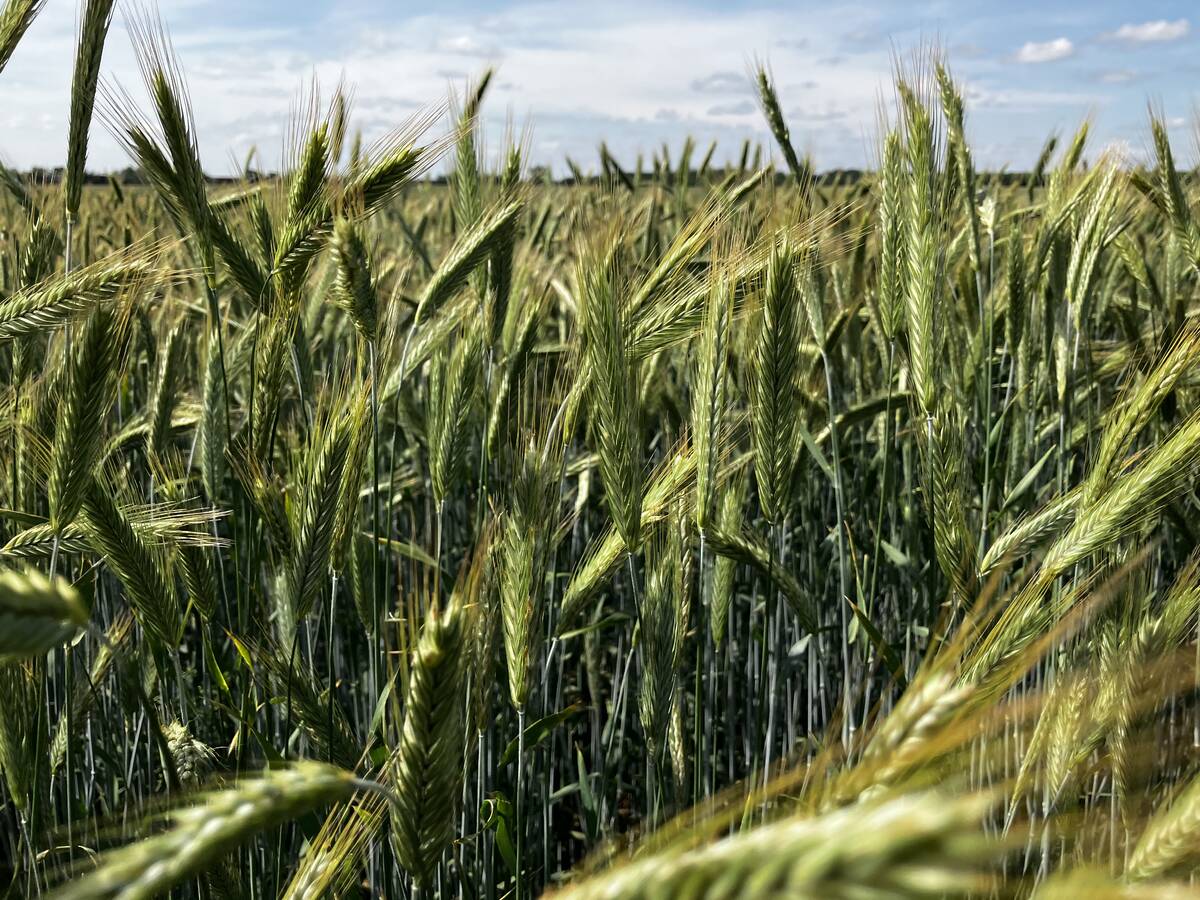GUELPH, Ont. — A New York fruit grower says he’s able to produce exceptionally flavourful fruit with little insect or disease damage, despite being located in a region with significant amounts of rainfall and humidity.
“Timing is the key. The whole thing about this orchard business is timing,” said Hugh Williams, who practices biodynamic agriculture.
Tony McQuail, who has a small organic orchard along Lake Huron in Ontario, was impressed by Williams’ presentation at the Guelph Organic Conference.
He said Williams’ experience and attention to detail appear to be paying off.
Read Also

Keep it clean on pre-harvest chemical use
Canadian farmers urged to toe the line on pre-harvest pesticide application and market product restrictions to avoid grain marketing headaches.
Williams said orchards should be located in an area where there is ample air movement to reduce disease pressure.
He plants his trees, which are mainly disease-tolerant apple, peach and pear varieties on semi-dwarf root stock, at 15-foot spacing in rows 20 feet apart.
He said grass and other under-storey plants tend to hold moisture, which releases any scab spores that are present. The infection is held at bay if the tree canopy is dry at this point.
The under-storey is mown three times a year but there’s still enough habitat for beneficial parasitic wasps, Williams said.
The trees are pruned to maintain a central leader, which is characterized by a lower tier of permanent scaffold branches emerging horizontally from the trunk with non-permanent branch tiers above.
Williams said light penetration is a key consideration for quality fruit and to assure consistent harvests.
“Pruning is my favourite job in farming because you’re sculpting for light.”
Prunings and plant material taken when the trees are hand thinned are burned to eliminate disease, and the ash is spread back in the orchard before a rainfall to return nutrients to the soil.
Kaolin clay, which is a deterrent to insects, is applied to the foliage and fruit at regular intervals through the growing season to maintain a continuous coating.
The crops are sorted into three streams at harvest: fresh market, cider and food for the farm’s animals. Little ends up in the third stream.
Most of the apples are direct marketed as they are harvested at $64 per bushel or $10 for five pounds.
“The design of our orchard is to have a long harvest season,” Williams said.
“That allows us to harvest and sell most of the fruit as we go along using a few WWOOFers (volunteers) and perhaps one hired person for a week or so.”
The orchard is mown to lawn height in the fall to get rid of voles.
Biodynamic preparations are used, including a spray before leaf drop to speed the breakdown of the leaves and reduce disease that may be present.
















